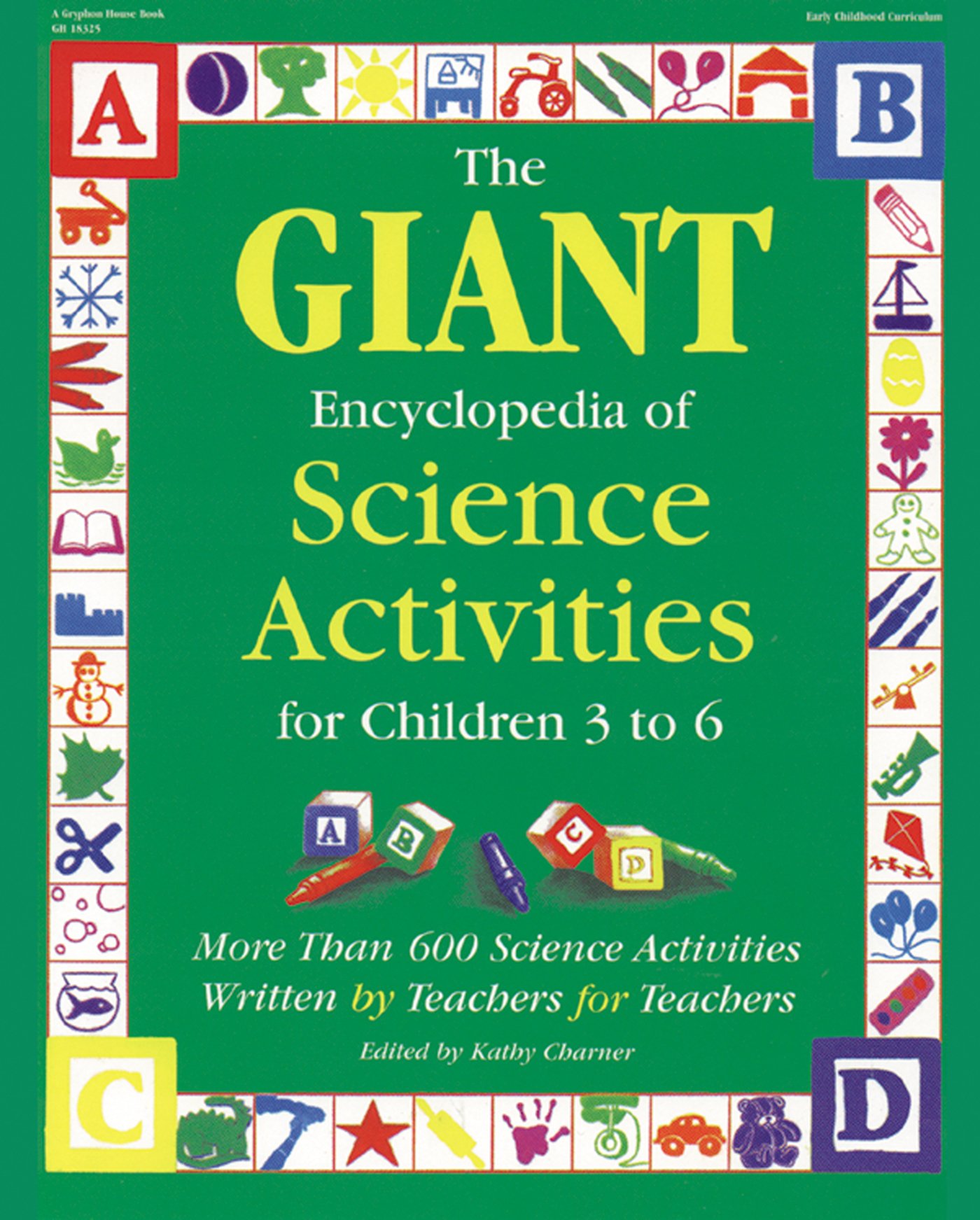Materials
- Books on insect identification, for example Time-Life Book of Insects
- Outdoor area where bugs are likely to be found
- Clear plastic cups, one or several for each child
- Baby food jars with lids
- Popsicle sticks
- Magnifying glasses
- Drawing paper
- Crayons
What to do
1. Read several books about insects. Have the books available for the children to look at and read. Discuss the characteristics of a "true" insect versus a "bug." (True insects have three body parts and six legs, etc.)
2. Invite the children to go with you on an insect hunt. The rule is that you do not touch an insect. Children may move rocks and locate crawling insects, then carefully place their plastic cup over the insect. Demonstrate this procedure for the children so they see how not to squish the insect. The teacher will then scoot the insect into a baby food jar using the jar lid or popsicle stick.
3. Take the insects inside. Encourage the children to use magnifying glasses to examine the insects inside the jars. Have books available to help the children identify their insects. Sort the finds according to whether they are true insects or not. Encourage children to discuss what they are seeing, both in the jars and in the books. For example, "This one has six legs and three body parts."
4. Ask the children to draw a picture of their insects and dictate a sentence or two about them. Encourage them to include information about the looks of their insect, as well as where it was found.
5. Set the insects free where they were found.
More to do
- Language: Say the well-known poem about ladybugs (Ladybug, ladybug, fly away home). Teach the children to recite the poem, then write it on chart story paper. Encourage the children to read the poem. Make word cards and let the children match the words to the chart story.
- Math: Purchase plastic ants, spiders and flies. Use them as counters or put them together and have children sort them.
- Snack: Make "ants on a log" by spreading peanut butter on celery and then putting raisin "ants" on the log.
-Deborah A. Chaplin, Hot Springs, VA
